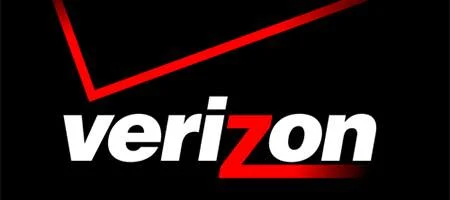Verizon yesterday launched its ‘4G’ LTE service, claiming a tenfold increase in speed over its 3G EVDO network, at 5-12Mbps for downloads and 2-5Mbps upload.

The service is initially available in 36 cities and 60 airports, which means it covers about a third of the US population. The company says it expects coverage to match that of its existing 3G network by 2013.
As Verizon doesn’t yet offer any LTE-capable phones, users need to buy one of a pair of 4G USB modems.
And while Sprint offers an unlimited data plan, Verizon’s offerings all carry a cap, with 5GB costing $50 and 10GB $80. There’s a $10 per gigabyte overage fee.
At these prices, Verizon is undercutting its own 3G services in an attempt to capture as much of the market as possible before there’s any more competition. Clearwire is already offering a WiMax network in 68 locations, and T-Mobile plans to bring a 4G HSPA+ network to more than 80.
“In addition, Verizon is hoping to capture a significant share of customers in the 4G market before AT&T jumps into the 4G arena in 2011, so expect more 4G/LTE announcements and increased competition for 4G customers in the coming year,” says Forrester analyst Michele Pelino.
AT&T is also using HSPA+ technology on its existing 3G network, and plans to start rolling out its 4G LTE network in the middle of next year.
But despite the hype – and the greatly improved speeds – none of these existing networks is truly 4G. “In keeping with marketing hype, [Verizon] calls it a 4th generation network, though true 4G technology standards have yet to be finalized,” points out Gartner analyst Phillip Redman. “This version of LTE is a pre-cursor.”
The technology won’t be mature, he says, until 2015.






